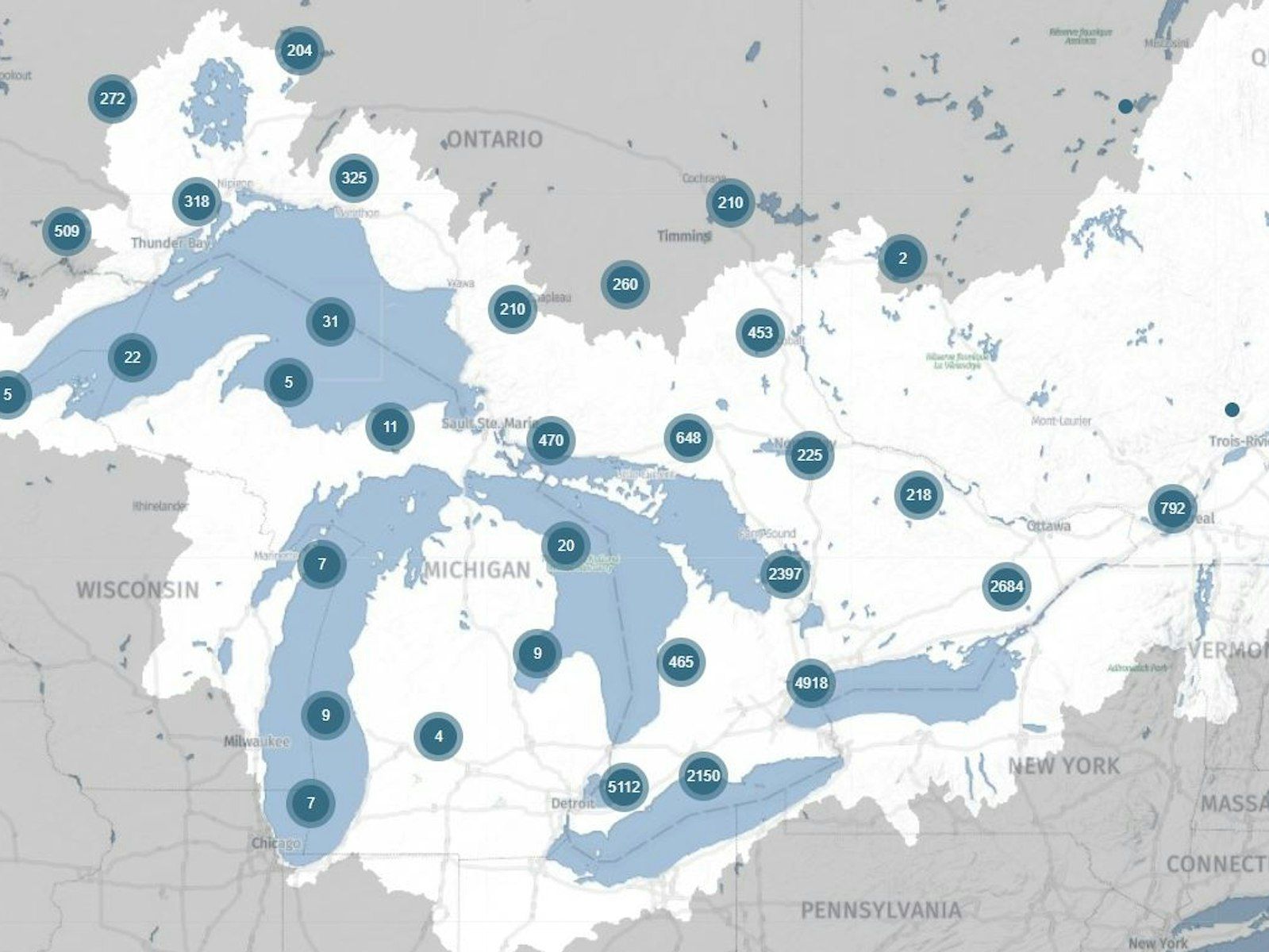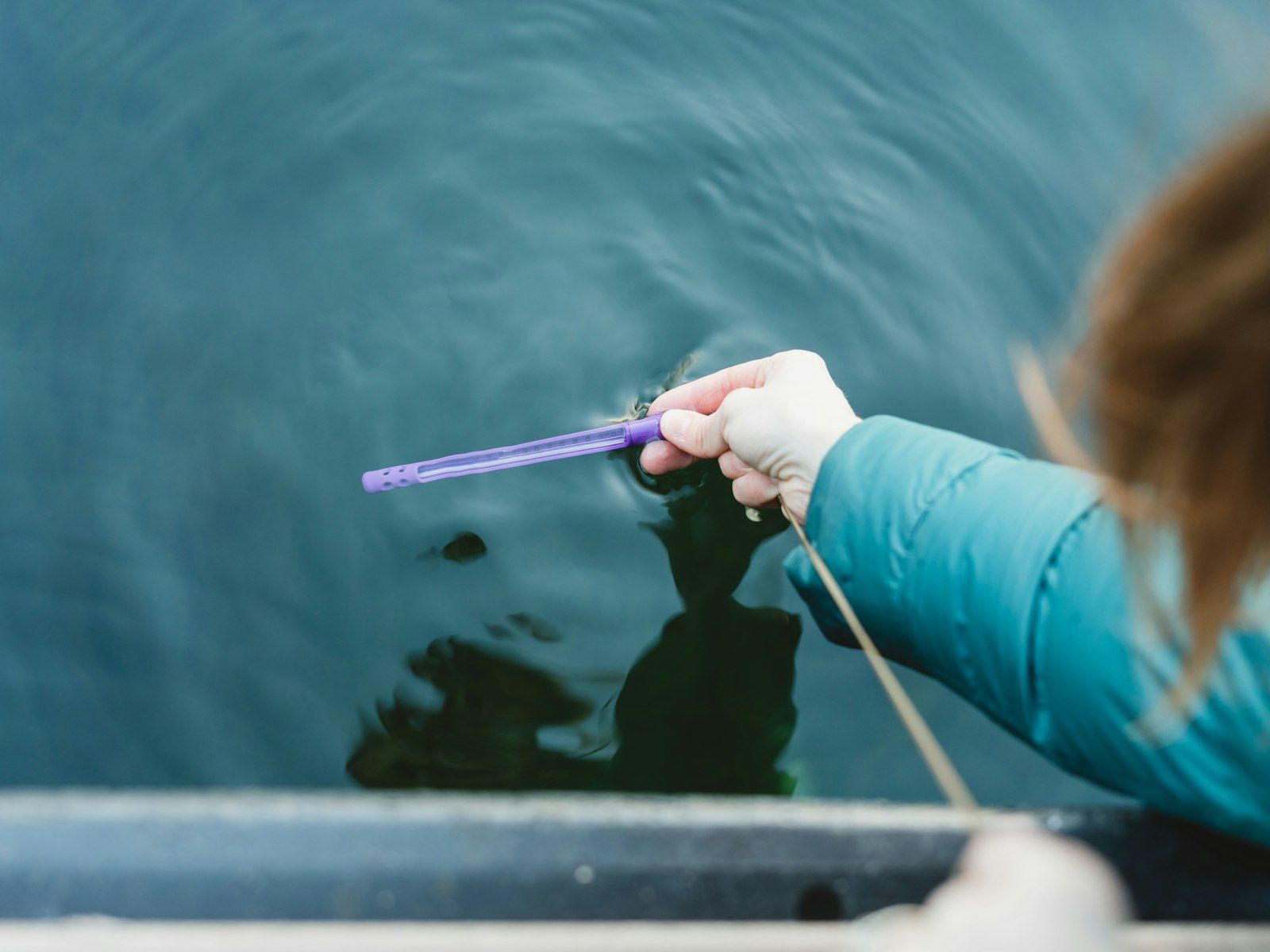Why is Measuring Mercury Important?
Mackenzie DataStream provides open access to water quality data throughout the Mackenzie Basin, but why is it important to measure different dissolved metals and hydrocarbons? Check out the video above to learn more about the importance of measuring mercury and the impact it can have on an ecosystem.

This informative video was created as part of a larger series of films that highlights the ground-breaking freshwater research carried out at IISD Experimental Lakes Area (IISD-ELA). IISD-ELA is a natural laboratory of 58 small lakes and their watersheds which have been set aside for research.
By manipulating these small lakes, scientists are able to examine how all aspects of the ecosystem — from the atmosphere to fish populations — respond.
One of their current projects tests the impacts that mercury has on an ecosystem and the time it takes for an ecosystem to recover from said mercury contaminants.
After adding small amounts of tracer mercury to a small lake and its surrounding watershed for seven years (2001–2007), IISD-ELA researchers are continuing to monitor the ecosystem to estimate recovery times for mercury-contaminated lakes and fish populations.
How does this relate to the work being done in the Mackenzie Basin and Mackenzie DataStream? Well, like many regions around the world, communities in the Mackenzie Basin are concerned about mercury and have been monitoring local watersheds for this contaminant.
As a result, DataStream contains Mercury data that is monitored in two ways: grab sample and using DGTs.
A grab water sample is collected just below the surface of the water and tells us what is in the water at the time it is collected. In the lab the samples are analyzed for more than 70 parameters including pH, turbidity, conductivity, chlorophyll-a and total and dissolved metals. Grab Samples measure Total Mercury.
Diffusion Gradients in Thin-Films passive samplers (DGTs) act like sponges and pick up the dissolved metals in the water. DGTs are left in the water for 3 to 4 days. The DGTs measure the concentrations of dissolved metals in the water over longer periods of time than sampling water on one occasion (grab sample). DGTs measure Methyl Mercury in the water.


